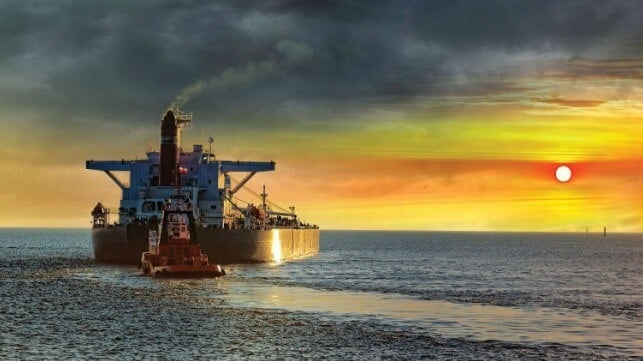Why the IMO Must Tighten Rules On Shipping’s Carbon Emissions
The International shipping sector provides an outsized and growing contribution to the climate crisis. Slower, more efficient ships can help slash climate emissions, but this will not happen without ambitious regulation.
Fortunately, the International Maritime Organization’s (IMO) current revision of the rules around its Carbon Intensity Indicator, a metric for measuring and regulating ships’ carbon emissions provides such an opportunity. Governments are consulting and reviewing evidence on barriers to efficiency and potential solutions, with a final decision on improving the indicator due by January 1, 2026.
If properly designed, these new rules could address almost half of shipping’s climate impacts and deliver massive ocean health co-benefits. But the outcome is far from certain.
The scope of the problem
The vast majority of internationally traded goods travel by ship, and these massive ships burn a lot of fuel. As a result, the shipping industry generates around three per cent of all climate emissions globally—a contribution equivalent to that of the whole economy of a country like Germany or Japan.
Ships also undermine ocean health. I am not just talking about the environmental harm caused by oil spills when a tanker runs aground or sinks. As we have seen recently in the Black Sea this remains a very serious problem, but ships are also responsible for a myriad of other routine yet damaging operational practi…
CONTINUE READING THE ARTICLE FROM The Maritime Executive HERE



Comments are closed, but trackbacks and pingbacks are open.